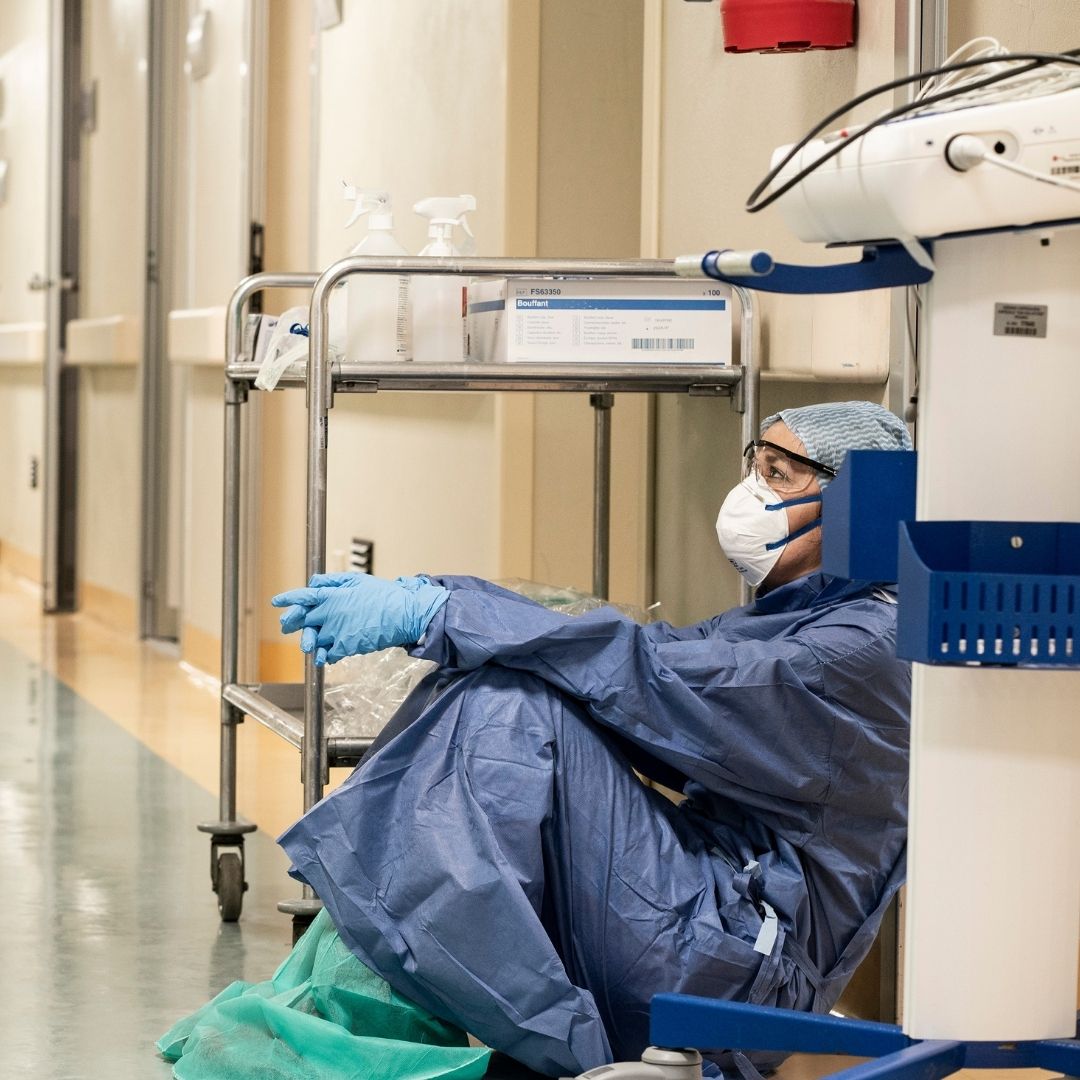
Image Credit: Wikimedia
Resilience To Fight: Bearings Of A Great Nation
India, 15 Aug 2021 12:57 PM GMT | Updated 15 Aug 2021 2:54 PM GMT
Creatives : Madhusree Goswami |
A mountain girl trying to make it big in the city. She loves to travel and explore and hence keen on doing on-ground stories. Giving the crux of the matter through her editing skills is her way to pay back the journalism its due credit.
Guest Author : Shekhar Mehta
Shekhar Mehta is the President of Rotary International for 2021-22. Mehta has been actively involved in disaster response and is a trustee of ShelterBox, UK. After the 2004 Indian Ocean tsunami, he helped build nearly 500 homes for families affected by the disaster. Mehta pioneered a program that has performed more than 1,500 life-changing heart surgeries in South Asia. He is also the architect of the TEACH Program, which promotes literacy throughout India and has reached thousands of schools. A Rotary member since 1984, Mehta has served Rotary as director, member or chair of several committees, zone coordinator, training leader, member of The Rotary Foundation Cadre of Technical Advisers, and district governor. He is also the chair of Rotary Foundation (India).
In modern times, the country's work to improve its healthcare system and ensure easy access to its population has been critical to its growth. India's history demonstrates that overcoming global health challenges is possible, and voices like Rotary's are crucial in establishing the public-private partnerships necessary to tackling the pandemic effectively.
India will be celebrating its 75th year of independence this August. In modern times, the country's work to improve its healthcare system and ensure easy access to its population has been critical to its growth. In fact, many of the nation's most notable achievements over the past few decades have emerged out of some of the biggest healthcare challenges. For example, the country's impressive immunisation programmes today, including the response to COVID-19, are rooted in the early lessons learnt during the eradication of smallpox and then later, the elimination of polio. So, as we continue to intensify COVID-19 immunisation drives in rural areas, it's important to reflect on our history and realize that we are efficiently equipped to handle the challenges that lie ahead.
The Evolution Of Immunization
Soon after India attained independence, the government's immediate focus was the eradication of vaccine-preventable diseases such as smallpox, and the country played an important role in the global campaign to eradicate smallpox with support from organizations such as the International Tuberculosis Campaign (ITC), UNICEF and the World Health Organization (WHO).
As a first step, the BCG Vaccine Laboratory established operations in Guindy, Chennai in 1947. It was the first of its kind government labrotary in the country. By August 1948, BCG smallpox immunizations were available, and by 1956, the BCG smallpox vaccine had been introduced to every state in India, although roadblocks were encountered as several parts of the country still reported outbreaks. However, innovations and updated processes from focusing on surveillance and investigating outbreaks to newer vaccine delivery techniques ultimately allowed India to conquer smallpox, and the nation was declared free of the disease in 1977.
The BCG Vaccine Laboratory then continued its efforts to develop vaccines against other diseases such as influenza and rabies, but the crowning achievement arrived in 1970 as both public and private manufacturers in India began to manufacture vaccines for diseases such as diphtheria, pertussis, tetanus, and polio on a mass scale.
As vaccines became more readily available, a national immunization program—the Expanded Programme of Immunization (EPI)—was established in 1978, with the goal of reaching 85 percent of the country's children under the age of 5 and pregnant women with vaccines against diphtheria, pertussis, tetanus, poliomyelitis and childhood tuberculosis by 1990.
This program was carried forward by Mission Indradhanush (MI) in 2014, which sought to accelerate the pace of full immunization for children up to 2 years of age and pregnant women. Under the programme, focus districts have been identified where immunization is still low. The programme witnessed resounding success in increasing full immunization coverage from 1 per cent to 6.7 per cent by its completion in 2017.
Then, in 2017, Intensified Mission Indradhanush 2.0 was established to focus on immunizing all high-priority districts inclusive of urban slums and migratory populations—against 10 vaccine-preventable diseases by 2030.
Global Collaborations Boost Immunizations
India has always been cognizant of the fact that public-private organizations and governments working together are instrumental in controlling diseases that can be prevented by immunization.
Such was the case when the Prime Minister advocated for the EPI and such was the case when Rotary became a founding member of the Global Polio Eradication Initiative (GPEI) in 1988 along with the World Health Organization(WHO), UNICEF, the U.S. Centers for Disease Control and Prevention. The initiative was later joined by The Gates Foundation and GAVI, along with the Vaccine Alliance. Ultimately, it was a moment of pride for the nation when the last case of polio was reported in 2011, and when India—as part of the World Health Organization's South-East Asia Region—was certified polio-free in 2014. Now, the polio infrastructure that Rotary, its members, and GPEI partners helped build is being used to fight COVID-19 and to deploy and deliver coronavirus vaccines around the world.
By 1991, India had achieved success in vaccine production, but vaccine hesitancy prevailed and there were very low levels of awareness of the benefits of immunization. Outreach to marginalized communities and vulnerable groups to drive vaccine acceptance was necessary.
An effective approach involved school teachers recruiting and training children as part of Bulawa Toli (children's brigade) to bring mothers and newborns to vaccination sites across the country during MI (Mission Indradhanush) weeks. Not only have Bulawa Tolis been an effective way to broaden the base of participation and support for the programme, but the groups have also fostered a spirit of social service among children. Notably, a study conducted in 2006 noted that almost 85 percent of CMC (with community mobilization coordinators) areas had Bulawa Tolis.
The New Paradigm Of Cooperation
The growth of partnerships between civil society and governments is a trend that we hope continues, particularly as we continue to battle COVID-19.
India's history demonstrates that overcoming global health challenges is possible, and voices like Rotary's are crucial in establishing the public-private partnerships necessary to tackling the pandemic effectively.
Now, with the lessons of the past to guide us, and the infrastructure at our disposal, we must pick up the pace to conquer the global pandemic.
Also Read: Paternity Leave: A New Dawn For Progressive India
 All section
All section














